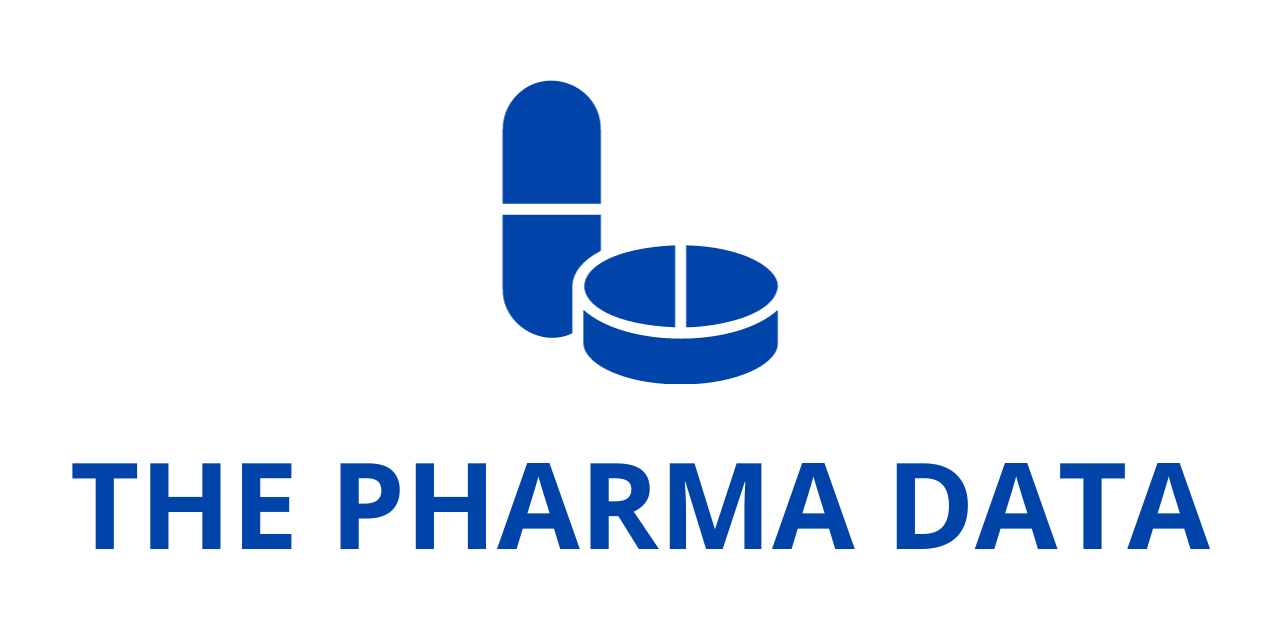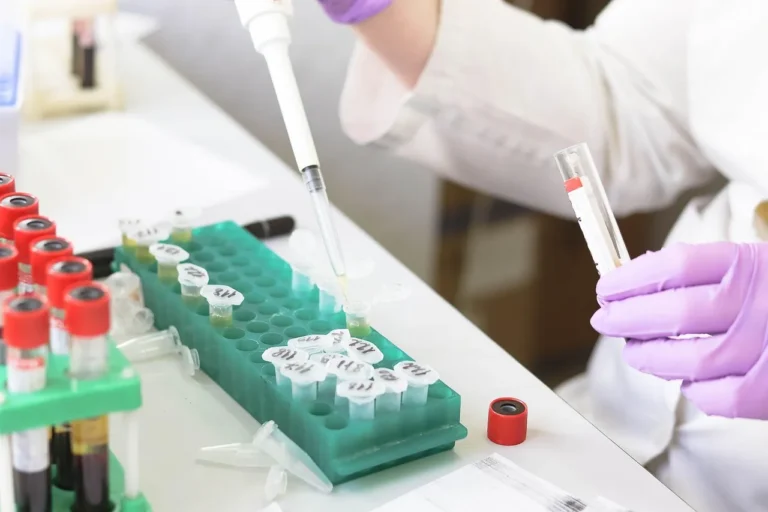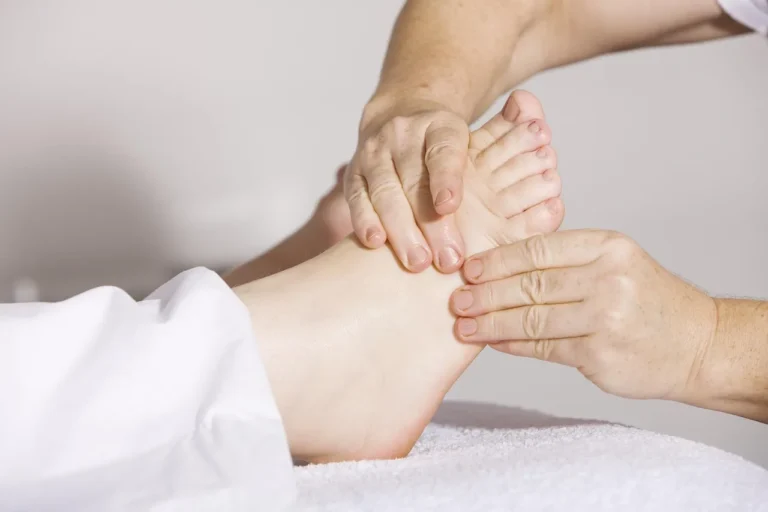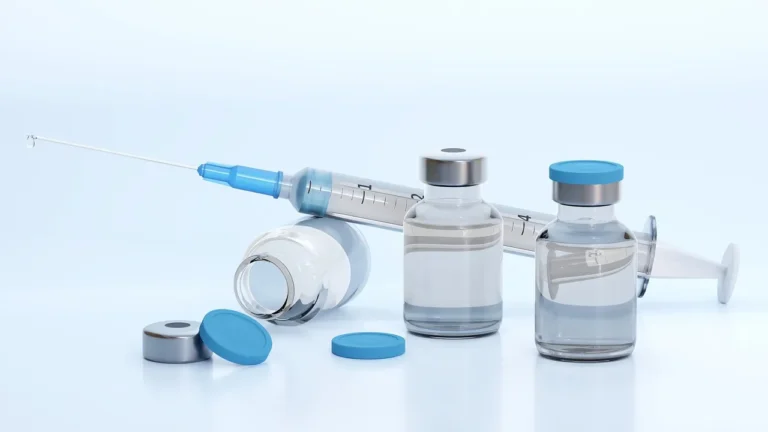
BioMendics Launches Landmark TAMES-02 Clinical Trial to Advance First-in-Class Therapy for Epidermolysis Bullosa Simplex
BioMendics, a clinical-stage biopharmaceutical company specializing in the development of novel therapies for rare dermatologic conditions, has announced the official launch of TAMES-02, a pivotal multicenter, randomized, double-blind, placebo-controlled clinical trial. The study will evaluate the safety and efficacy of TolaSure™, the company’s first-in-class topical therapeutic designed specifically for patients with generalized intermediate to severe Epidermolysis Bullosa Simplex (EB Simplex) — a rare, inherited skin disorder that currently has no disease-modifying treatments.
The trial marks a major milestone for both the company and the EB Simplex community, building directly upon promising results from the earlier TAMES-01 study, which provided compelling evidence of TolaSure’s ability to reduce blistering and improve patient quality of life.
Understanding EB Simplex: A Devastating Skin Fragility Disorder
Epidermolysis Bullosa Simplex is one of several forms of epidermolysis bullosa (EB), a family of rare genetic skin disorders caused by mutations in the genes encoding structural proteins of the skin. In EB Simplex, mutations in keratin genes — particularly KRT5 and KRT14 — weaken the structural integrity of the epidermis, making it extraordinarily fragile. Even minor friction or trauma can cause the skin to shear and blister.
EB Simplex affects an estimated 30,000 to 50,000 individuals worldwide, with symptoms ranging from mild to severely disabling. In the generalized intermediate to severe form targeted in the TAMES-02 trial, blistering is widespread and persistent, often involving the hands, feet, and other high-friction areas. Blisters can lead to chronic wounds, scarring, pain, and secondary infections, impacting patients’ mobility, ability to work or attend school, and overall quality of life.
Current management is limited to supportive care — including wound dressing, infection prevention, and pain management — without therapies that address the underlying genetic cause or prevent blister formation. This leaves patients and families facing a lifelong struggle with few medical advances over decades.
TolaSure™: A Novel Approach Targeting the Genetic Root Cause
BioMendics developed TolaSure as a topical therapy designed to directly target the mutant keratins responsible for skin fragility in EB Simplex. The treatment’s mechanism aims to strengthen and stabilize keratinocytes — the primary cell type of the epidermis — thereby reducing blister formation at its source rather than simply treating wounds after they appear.
While BioMendics specific formulation details remain proprietary, preclinical studies and the earlier TAMES-01 trial have shown TolaSure to be well-tolerated and capable of producing clinically meaningful reductions in blister count. These effects are especially important because blister frequency and severity directly impact patient pain, infection risk, and long-term skin health.
From TAMES-01 to TAMES-02: Building on Early Success
The new TAMES-02 trial is designed to validate and expand upon the promising findings from TAMES-01, an earlier study that demonstrated both safety and preliminary efficacy in adult patients. The prior trial suggested that regular application of TolaSure could reduce blistering, even in patients with longstanding disease.

Dr. Joyce Teng, Principal Investigator at Stanford University and a leading expert in rare skin disorders, underscored the significance of the results:
“Our early studies with TolaSure showed meaningful reduction in blistering, which is incredibly encouraging for the EB Simplex community. Clinical research in rare skin diseases requires collaboration with companies like BioMendics and patient advocacy groups like debra of America to accelerate progress toward transformative therapies. Our shared goal is to bring hope and healing to families who have had so few options for so long.”
TAMES-02 Trial Design: Rigorous, Patient-Centric, and Accessible
TAMES-02 is a multicenter, randomized, double-blind, placebo-controlled trial, ensuring the highest standards of scientific rigor. Conducted in partnership with Stanford University School of Medicine and Northwestern University Feinberg School of Medicine, the study benefits from two of the world’s most respected dermatology research centers.
Key features of the trial include:
- Eligibility: Patients aged 4 years and older with generalized intermediate to severe EB Simplex.
- Phases:
- 2-month double-blind, placebo-controlled phase, in which participants are randomly assigned to receive TolaSure or placebo.
- 2-month open-label extension, allowing all participants to receive TolaSure regardless of their initial assignment.
- 6-month follow-up phase to assess durability of response and long-term safety.
- Unique allowances: The trial includes treatment of plantar (foot) blistering, a major source of disability for patients, and permits enrollment of patients who may not meet the severity thresholds of other EB Simplex studies — broadening access to participation.
- Support for participation: BioMendics has committed to covering travel costs for patients and families traveling from across the United States and internationally, ensuring geography does not become a barrier to enrollment.
Dr. Amy Paller, Principal Investigator at Northwestern University, emphasized the trial’s importance:
“TAMES-02 is a vital next step. The collaboration with BioMendics and Stanford enables us to rigorously evaluate this therapy and, hopefully, bring real progress to patients who have had limited options for far too long.”
Dr. Aleesha McCormick, Senior Clinical Research Scientist at BioMendics, added:
“EB Simplex patients don’t all live close to an Academic Medical Center like Stanford or Northwestern. Our goal is to make participation possible for as many patients as we can. This includes covering travel costs and designing eligibility criteria that allow slightly less severe patients — who might have been excluded from other trials — to take part.”
Strategic Vision: From Rare Disease Focus to Broader Keratin Disorder Applications
BioMendics’ founder and CEO, Dr. Karen M. McGuire, described TAMES-02 as a pivotal step toward a broader vision:
“Our mission is to bring meaningful therapies to patients living with rare diseases like EB Simplex — conditions that have been overlooked for too long. With TolaSure, we’re targeting the root cause of blistering by reinforcing fragile keratinocytes. If successful, we’ll seek strategic partnerships to accelerate development and deliver this treatment to patients as quickly as possible.”
Importantly, BioMendics also sees potential applications of TolaSure beyond EB Simplex, including other rare keratin-based skin disorders such as:
- Pachyonychia congenita – a painful condition involving thickened nails, plantar keratoderma, and oral lesions.
- Epidermolytic ichthyosis – characterized by widespread blistering and scaling.
By proving efficacy in EB Simplex, BioMendics could open the door to a new therapeutic class for keratin disorders, where there is similarly no cure and very limited treatment innovation.
Collaboration With Advocacy Groups and Patient Communities
BioMendics has actively engaged with debra of America and other EB advocacy organizations to raise awareness about the trial, educate families about participation, and ensure patient perspectives shape trial design. Advocacy groups play a critical role in rare disease research by connecting patients to opportunities and providing input that makes studies more practical and relevant.
Such collaboration is essential because EB Simplex, despite its severe impact on daily life, remains under-recognized outside of specialist circles. Without advocacy, many patients would remain unaware of research opportunities.
Next Steps: Enrollment and Future Outlook
The TAMES-02 trial is now open for patient enrollment, with recruitment efforts underway across the United States and internationally. BioMendics anticipates that robust participation will help generate the high-quality clinical data necessary to support regulatory filings.
If successful, the trial could position TolaSure as the first approved disease-modifying therapy for EB Simplex, transforming the treatment paradigm from reactive wound care to proactive prevention of blistering.
Dr. McGuire summed up the company’s optimism:
“We believe TolaSure has the potential to change the lives of people with EB Simplex. Every step forward in this trial brings us closer to that goal.”
A Milestone for Rare Skin Disease Innovation
While EB Simplex may be rare, the launch of TAMES-02 represents a broader shift in rare dermatology: a move toward targeted, genetic-based therapies that go beyond symptom management. For patients who have spent their lives patching wounds and enduring pain, the possibility of a therapy that prevents blisters before they form offers a profound new kind of hope.
With strong academic partnerships, patient-centric trial design, and a clear vision for broader applications, BioMendics is aiming not just to advance a drug, but to redefine what is possible for rare skin disorder treatment.




